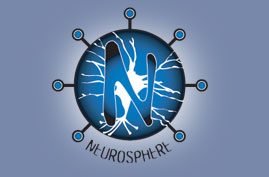Psychogeography
The World Right Now
These are an interesting combo of high tech and low tech (“the street finds its own uses for things”) to give each other a status update on the world around us.
“grafedia: words written anywhere, then linked to images, video or sound files online.”
www.grafedia.com
Grafedia now takes the place of Hey Stranger at the Glowlab site. Glowlab is a pretty interesting “magazine of psychogeography and contemporary art.” In the Hey Stranger project, New York artist Christina Ray wrote “Hey stanger, what are you up to today” on clear tape and stuck it in locations around Brooklyn, with an email response address. She posted the answers at Glowlab.
http://www.glowlab.com/lab/artist_project.php?project_id=56&artist_id=37
